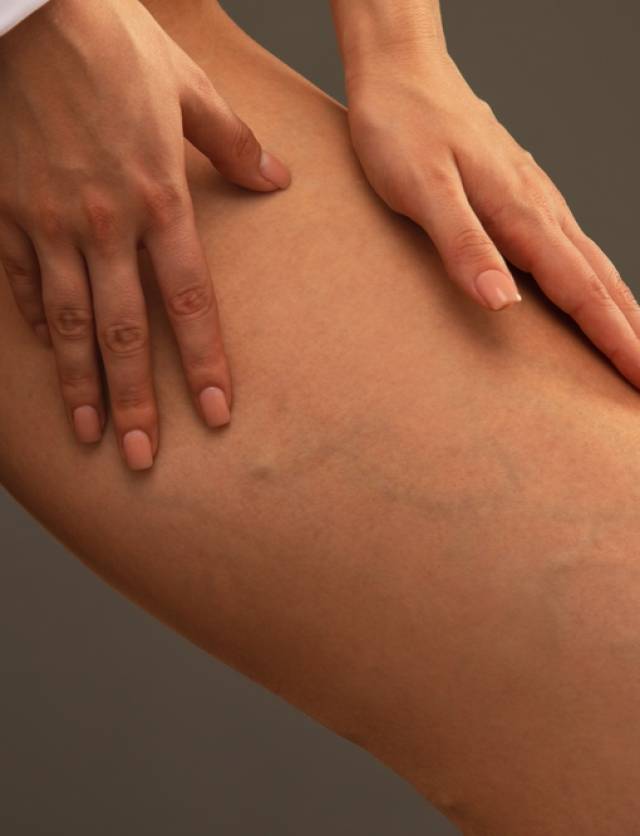Leg Pain
Leg swelling, cramping, and discomfort are common symptoms associated with venous insufficiency. While the condition may initially appear as a minor cosmetic concern—such as spider veins—it often progresses to more severe complications, including varicose veins. Among the most frequently reported symptoms are persistent leg cramps and swelling. Left untreated, these issues can worsen over time, leading to chronic venous insufficiency, skin discoloration, and even leg ulcers.

Leg Pain Due to Vein Conditions
Unfortunately, venous insufficiency does not resolve on its own and tends to deteriorate with age. Without proper medical care, individuals may experience ongoing pain, inflammation, and other health risks. Although only a small percentage of those with varicose veins pursue treatment, timely intervention can lead to significantly improved long-term outcomes.
At Cellara Pain Institute, located at 345 Main Street, Madison, NJ 07940, our team of Harvard-trained vein specialists provides minimally invasive, safe, and effective treatment options—many of which are covered by insurance. We are committed to helping patients overcome the discomfort and limitations associated with vein disorders.
If you’re seeking a prompt and proven solution for venous disease, consult our experienced professionals. We’ll work with you to determine the most appropriate treatment plan, helping you regain both your comfort and confidence.
How common are these symptoms?
What are common causes of these symptoms?
These symptoms are most often caused by varicose veins, which may not always be visible on the skin’s surface. Damaged or “leaky” veins can cause blood to pool in the legs, leading to discomfort, swelling, and cramps.
How are these conditions diagnosed?
Diagnosis typically involves a comprehensive physical examination along with a venous ultrasound. These tools allow healthcare professionals to assess whether your symptoms are linked to underlying vein issues.
